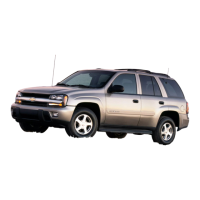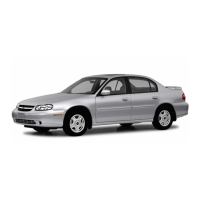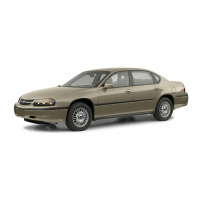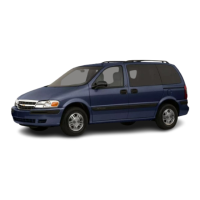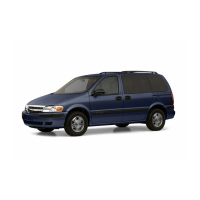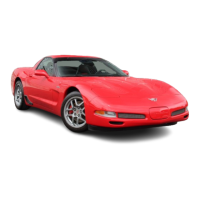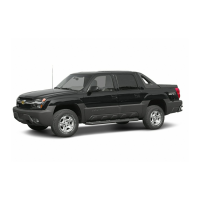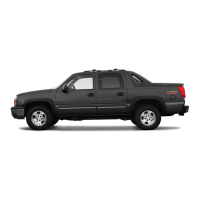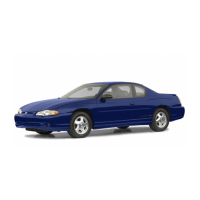If
your vehicle has the passenger sensing system and
you need to secure a rear-facing child restraint in
the right front passenger’s seat, the passengers frontal
air bag must be
off.
See Passenger Sensing System
on
page
1-76
and
Securing
a
Child Restraint
in
the Right
Front Seat Position on page
1-64
for more
on
this
including important safety information.
Wherever you install it, be sure to secure the child
restraint properly.
Keep in mind that an unsecured child restraint can move
around in a collision or sudden stop and injure people in
the vehicle. Be sure to properly secure any child restraint
in your vehicle
-
even when no child is in it.
Top
Strap
Some child restraints have a top strap, or “top tether”. It
can help restrain the child restraint during a collision.
For it to work, a top strap must be properly anchored to
the vehicle. Some top strap-equipped child restraints
are designed for use with or without the top strap being
anchored. Others require the top strap always to be
anchored. Be sure to read and follow the instructions for
your child restraint.
If
yours requires that the top strap
be anchored, don’t use the restraint unless it is anchored
properly.
If
the child restraint does not have a top strap, one can
be obtained,
in
kit form, for many child restraints.
Ask the child restraint manufacturer whether or not a kit
is available.
In Canada, the law requires that forward-facing child
restraints have a top strap, and that the strap be
anchored. In the United States, some child restraints
also have a top strap.
If
your child restraint has a
top strap, it should be anchored.
1-53

